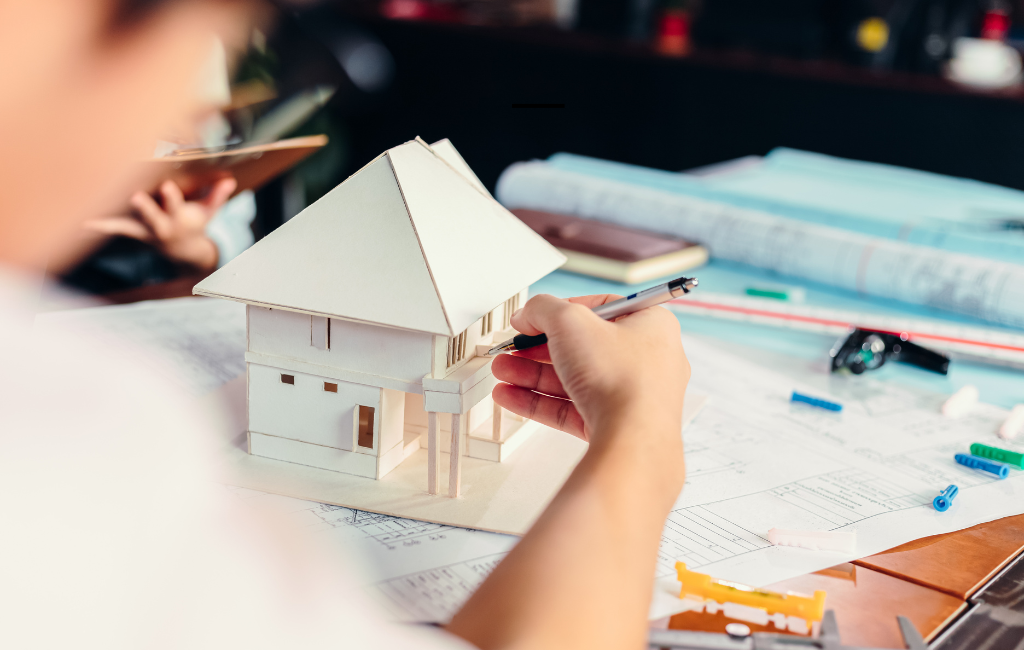-
Table of Contents
- Innovative Architect Designs for Modern Living
- Smart Homes: Integrating Technology
- Sustainable Architecture: Building for the Future
- Open-Concept Living: Maximizing Space
- Adaptive Reuse: Repurposing Existing Structures
- Biophilic Design: Connecting with Nature
- Modular Construction: Efficiency and Flexibility
- Conclusion
Innovative Architect Modern Designs
Modern living demands architectural designs that are not only aesthetically pleasing but also functional and sustainable. As urban spaces become more crowded and environmental concerns grow, architects are pushing the boundaries of traditional design to create homes that meet the needs of contemporary lifestyles. This article explores some of the most innovative architectural designs that are shaping modern living.
Smart Homes: Integrating Technology
Smart homes are at the forefront of modern architectural innovation. These homes integrate advanced technology to provide convenience, security, and energy efficiency. Features such as automated lighting, climate control, and security systems can be controlled remotely via smartphones or voice commands.
- Automated lighting systems that adjust based on natural light and occupancy.
- Climate control systems that learn user preferences and optimize energy use.
- Security systems with real-time monitoring and alerts.
Case studies show that smart homes can reduce energy consumption by up to 30%, making them both cost-effective and environmentally friendly.
Sustainable Architecture: Building for the Future
Sustainability is a key focus in modern architecture. Architects are using eco-friendly materials and designs to minimize environmental impact. Green roofs, solar panels, and rainwater harvesting systems are becoming standard features in new constructions.
- Green roofs that provide insulation and reduce urban heat islands.
- Solar panels that generate renewable energy.
- Rainwater harvesting systems that reduce water consumption.
Statistics indicate that buildings with sustainable features can reduce energy costs by up to 50% and water usage by 40%, contributing significantly to environmental conservation.
Open-Concept Living: Maximizing Space
Open-concept living spaces are designed to maximize space and create a sense of openness. By eliminating unnecessary walls and barriers, these designs promote better flow and connectivity within the home.
- Large, open living areas that combine kitchen, dining, and living spaces.
- Use of glass walls and partitions to maintain openness while providing privacy.
- Flexible spaces that can be adapted for different uses.
Examples of open-concept designs show that they can make small spaces feel larger and more inviting, enhancing the overall living experience.
Adaptive Reuse: Repurposing Existing Structures
Adaptive reuse involves repurposing existing buildings for new uses. This approach not only preserves historical architecture but also reduces the need for new construction, which can be resource-intensive.
- Converting old factories into modern loft apartments.
- Transforming warehouses into office spaces.
- Repurposing churches into community centers.
Case studies of adaptive reuse projects demonstrate that this approach can breathe new life into old structures, creating unique and functional spaces while preserving cultural heritage.
Biophilic Design: Connecting with Nature
Biophilic design aims to connect occupants with nature, enhancing well-being and productivity. This design philosophy incorporates natural elements such as plants, water features, and natural light into the built environment.
- Indoor gardens and green walls that improve air quality.
- Water features that create a calming atmosphere.
- Maximizing natural light through large windows and skylights.
Research shows that biophilic design can reduce stress, improve mood, and increase productivity, making it a popular choice for both residential and commercial spaces.
Modular Construction: Efficiency and Flexibility
Modular construction involves building sections of a structure off-site and then assembling them on-site. This method offers several advantages, including reduced construction time, cost savings, and flexibility in design.
- Faster construction times due to off-site fabrication.
- Cost savings from reduced labor and material waste.
- Flexibility to customize and expand structures as needed.
Examples of modular construction projects highlight its potential to revolutionize the building industry, providing efficient and adaptable solutions for modern living.
Conclusion
Innovative architectural designs are transforming the way we live, work, and interact with our environment. From smart homes and sustainable architecture to open-concept living and biophilic design, these advancements are creating spaces that are not only functional and beautiful but also environmentally responsible. As technology and design continue to evolve, the possibilities for modern living are limitless, promising a future where our homes are more connected, sustainable, and adaptable than ever before.
